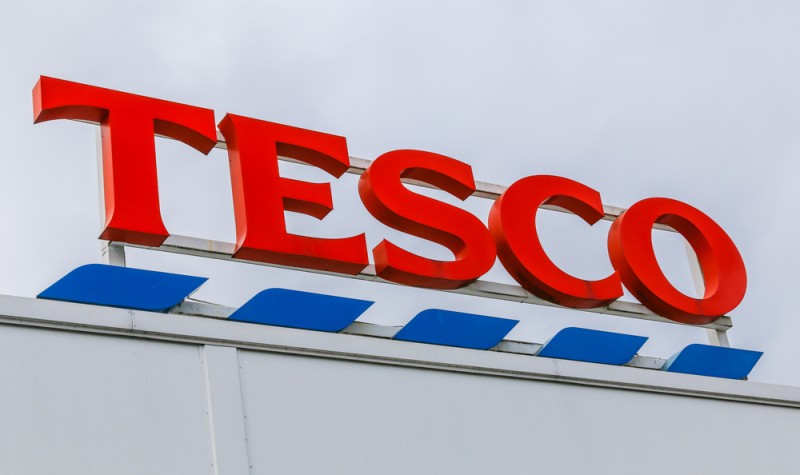Why Tesco and Kingfisher shares offer recovery potential

he share prices of retailers Tesco (LON: TSCO) and Kingfisher (LON: KGF) have drastically underperformed the FTSE 100 index since the start of the year. They are down 16% and 26%, respectively, as investors have priced in a challenging period for the retail industry. In comparison, the FTSE 100 is flat year-to-date.
Of course, high inflation is prompting rising interest rates that are widely expected to contribute to a cost-of-living crisis over the coming months. Indeed, consumer sentiment has already declined to its lowest level since records began in 1974.
Against this backdrop, both companies’ shares could experience volatile performances in the short run. But on a long-term view, they appear to be well placed to deliver sound recoveries.
Tesco
Following its fall over recent months, the Tesco share price now trades on a forward price-to-earnings ratio of around 11. This suggests that investors have priced in a challenging period for the firm as it contends with rapid food price inflation that could squeeze sales and/or profitability over the near term.
Indeed, supermarket shoppers are likely to become increasingly price conscious as their rising costs and lagging wage growth leave them with a lower discretionary income. Tesco, though, appears to be relatively well placed to contend with this challenge.
It has nine million Clubcard app users that may be less likely to switch to rivals. This may provide the firm with greater scope to maintain margins vis-à-vis its peers. Its strategy to match Aldi prices and an improving net promoter score, which increased by 4 points to reach 18 in the most recent quarter, further highlight its solid level of customer loyalty.
In addition, the company is a dominant digital operator in an era where grocery shopping is likely to further shift online. Indeed, the firm’s online share in the UK increased by 1.4 percentage points to just under 35% in its most recent full year. And with a cost reduction plan having recently commenced that aims to save £1bn over the next three years, it could help to further increase overall grocery market share as its rivals struggle to a far greater extent.
Clearly, tough operating conditions are unlikely to act as a positive catalyst on Tesco’s share price in the near term. But its ability to retain customers, improve efficiency and focus online mean it has long-term recovery potential.
Kingfisher
Kingfisher’s share price also offers long-term capital growth potential following its recent fall. The DIY retailer and owner of B&Q has a solid financial position through which to overcome near-term operating uncertainty.
For example, its net debt-to-equity ratio stands at just 23%. It was also able to cover net interest costs over eight times with operating profit in its latest financial year. This shows it is unlikely to be significantly affected by rising interest rates. In fact, they could enable it to grab market share, as it did in the most recent quarter, through which to deliver improving long-term profitability as weaker rivals struggle to a greater extent over the short run.
The company made encouraging progress in its most recent quarter. For instance, it reiterated full-year guidance and stated that it is managing inflationary pressures. Clearly, though, many of its products are discretionary items that consumers are more likely to cut back on during a cost-of-living crisis. This means that a moderation in its sales and profit outlook would be unsurprising.
Investors, though, appear to have priced in its potential upcoming difficulties. Kingfisher’s shares trade on a forward price-to-earnings ratio of just 8. This suggests they offer a wide margin of safety and recovery potential following their recent decline.
Comments (0)